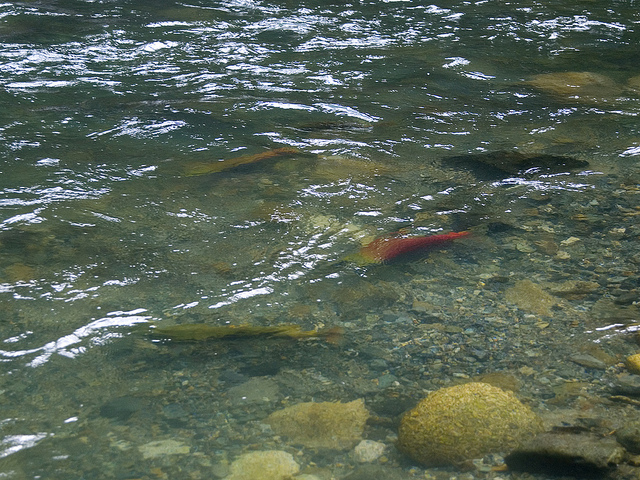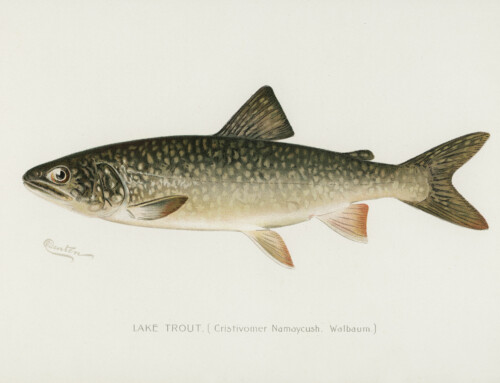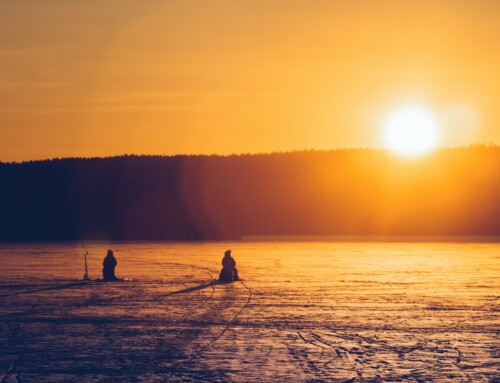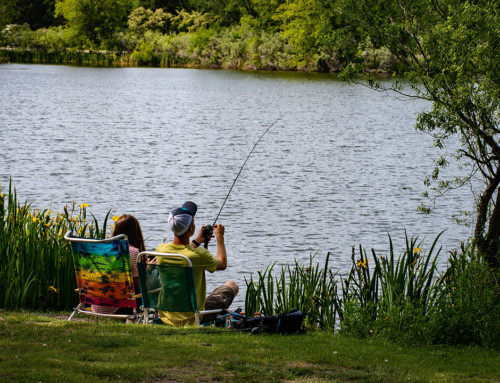Originally Published by the Alberni Valley Times, July 14, 2015
By Eric Plummer
Experts are seeing a larger run of sockeye salmon into the Alberni Inlet than what was expected this spring, but fishing is being kept at conservative harvest limits due to drought conditions in the region.
Before the season began this spring Fisheries and Oceans Canada expected a sockeye run of 700,000 to 1 million. This forecast has since been upgraded to 1.3 million, although tighter catch limits remain in place to ensure a healthy amount of salmon pass through the Alberni Inlet into the area’s rivers and lakes.
By Wednesday 90,000 sockeye salmon had made their way through the fish ladders at Stamp Falls and Sproat Lake. With a low streamflow advisory in place for Vancouver Island and the Valley’s rivers well below their season flows, regulators are keeping harvest restrictions at a modest 58 per cent or less to ensure this year’s salmon run can sustain the summer’s fishing.
“We’ve got a more conservative harvest rate,” said Mike Spence, a resource manager with Fisheries and Oceans Canada. “A harvest rate of a run size like 1.4 million would be a 70 per cent harvest rate. In the pre-season for June we targeted a 50 per cent harvest rate of what was returning.”
The fishery’s conservative approach has resulted in a catch estimate of 722,000 adult sockeye salmon as of July 8, including 466,333 commercial catches, a harvest of 182,592 among First Nations and 54,014 from recreational anglers.
First Nations boats were scheduled to continue this week, with the Hupacasath and Tseshant gill nets set to operate until noon today while the Maanulth can still fish seven days a week with gill nest and hooked lines. There is no commercial gill net fishery planned this week, as its share of the total allowable catch has already been achieved. Commercial seine boats can operate until Wednesday morning with a target catch of 53,000.
“There’s been restrictions on each group,” noted Spence. “Normally with a run like this in a normal year, if the escapement is in the river, we’d be having gill net fisheries three days a week.”
Fishing boats are monitored through various degrees, including independent validators that must be hired for seine vessels as well as a logbook, telephone requirements and random monitoring from an independent operator for commercial gill net boats.
“The Somass First Nations have mandatory catch monitors at designated landing sites which count each member’s catch,” Spence said.
Recreational salmon fishing will continue until further notice with a catch limit of four per day, although no catching is allowed in the Stamp and Sproat rivers or the freshwater section of the Somass.
Photo courtesty of pentaboxes.







